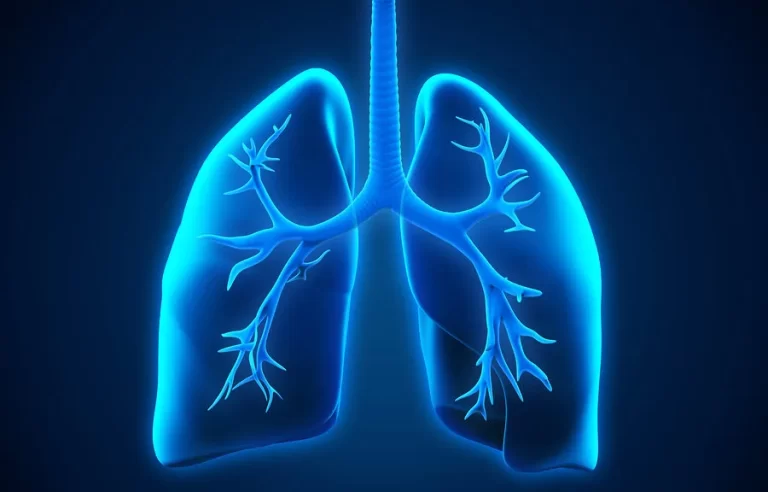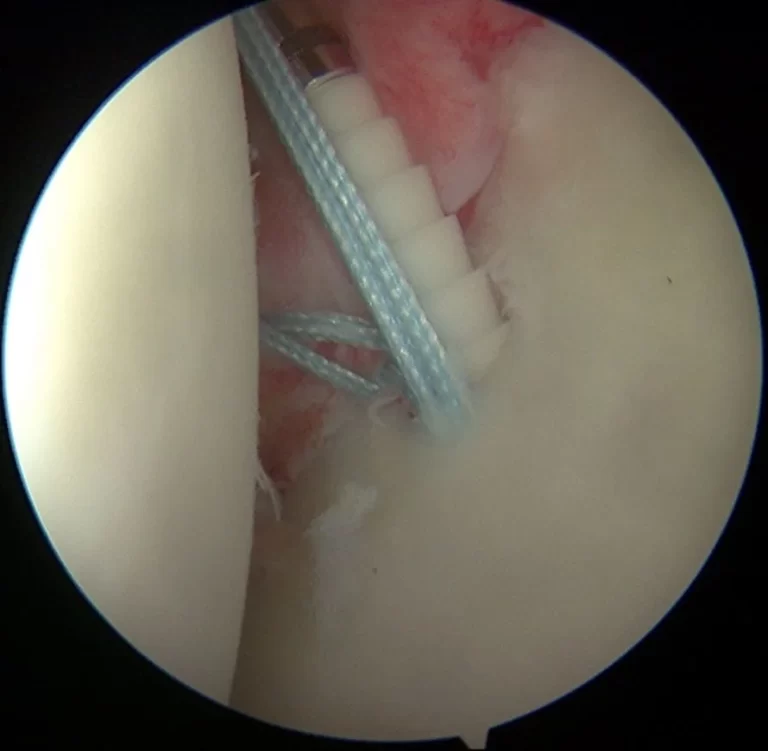10 Best Exercises For Snapping Elbow Syndrome
Introduction: A clicking or popping sensation in the elbow, often accompanied by pain, is a sign of Snapping Elbow Syndrome, also known as Snapping Triceps Syndrome. Either the lateral (outer) or medial (inner) side of the elbow may snap like this. The elbow joint is a complicated hinge joint that connects the radius and ulna,…










